The plank is an excellent core and abdominal workout. Include the plank in your ab workout to strengthen and stabilize your core. Continue reading to learn about the advantages of plank exercises and the many types of plank exercises and how to do them.
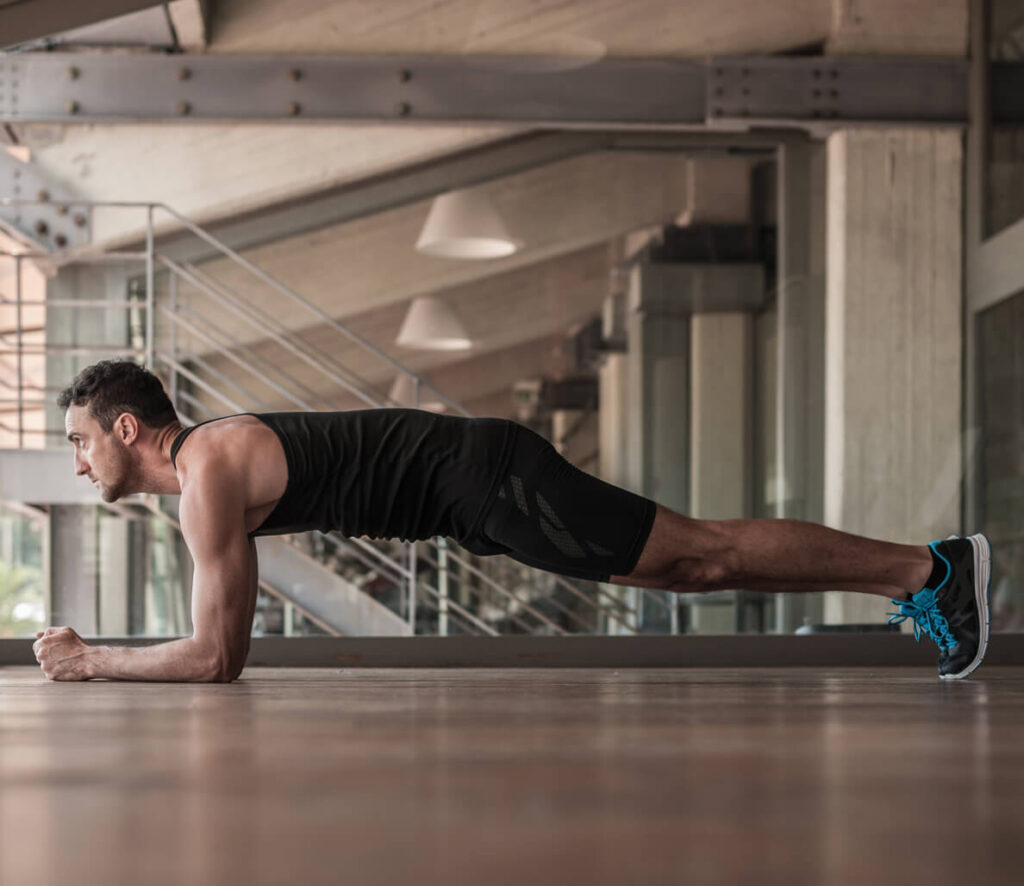
The plank is a simple static hold that can be found in practically every ab training programme and is one of the most popular gym exercises. This manoeuvre is popular among beginners because virtually anyone can get down on the floor, extend themselves out, and hold in position.
Experts can quickly progress by adding movement or weight to their back. Furthermore, you’re not just training your abs; your entire core is engaged, including your glutes and low back. To reap the core-strengthening benefits of the plank, you must do more than simply stand on your elbows and toes for 30 seconds.
Benefits of Plank
Core strength is an essential component of any training program. A strong core both looks and feels good. It does, however, improve the body’s stability, balance, and power during almost any other motion.
All coordinated and strong athletic motions are built on core strength. A strong core can assist you in improving your posture and reducing joint pain.
Planks can also be used to construct a test of core muscle strength and stability. The plank is a strength-building exercise rather than an aerobic workout, but by using many muscles, it can help you burn more calories.
Planks can help with posture
If sitting at a computer all day causes back pain, there is some good news: planks can help improve your posture!
This exercise strengthens your back, chest, shoulders, neck, and stomach, making it easier to sit or stand with your shoulders back and your lower back neutral.
Planks also help to increase isometric power in your core muscles, which helps you avoid hunching while standing or sitting for extended periods of time.
Planks may help you become more flexible
Even if it doesn’t feel like it, planks are a great method to stretch out your lower body.
The plank pose is a strength and stretching exercise since the holding posture lengthens your hamstrings and arches your feet.
Side planks with an outstretched arm may be a nice alternative for stretching your sides.
Planks work more muscles
So, what is it about planks that sets them apart from crunches?
One reason for this is that situps and crunches are taxing on the lower back. Pushing your spine against the floor can contribute to future lower back problems. Planks engage the entire body, not just the core.
Planks strengthen your arms, legs, and abs all at once, providing a more thorough workout and a more effective way to exercise.
Planks are easy to replace
While the basic plank is a terrific go-to workout, it may also be modified and expanded to match your unique requirements.
Dropping to your forearms in the plank posture is one modification you can make. Extending the duration you keep the posture is another approach to maximize your workout. Begin with a 15- to 30-second hold and work your way up.
Limit yourself to no more than two minutes. According to one study, completing 10-second holds is the best workout for improving athletic performance.
How Long Should a Plank Position Be Held?
Contrary to popular opinion, holding a plank for 30 seconds with good form is superior to holding one with a sloppy form for five minutes. Because tension is essential for bracing, and your capacity to maintain the level of tension required for gains diminishes with time.
Planks should only be performed for as long as you can maintain good form while applying maximum tension, which will not be long if you’ve attained peak fitness. Your maximum time will be one minute in any scenario, or two if endurance is your goal.
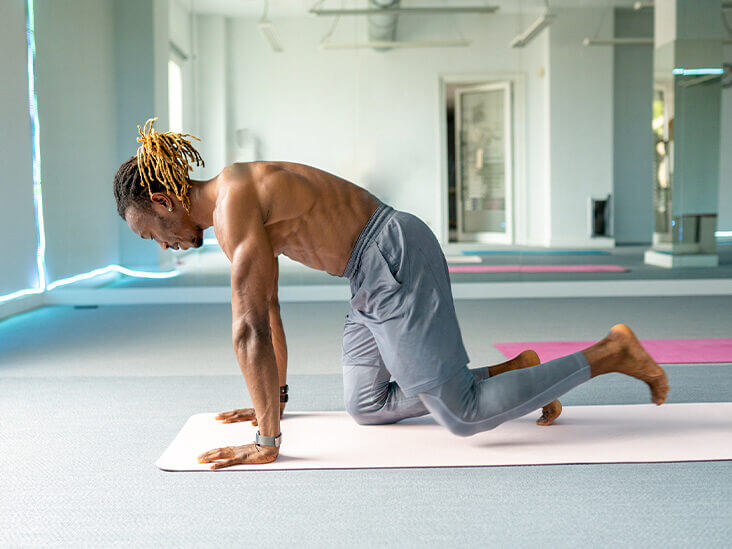
Why is plank exercise beneficial to the core?
Personal trainers, strength and fitness specialists, and sports coaches all around the world promote the plank. But why are planks such a popular core exercise? What makes planks different from crunches or regular sit-ups? What are the benefits of having strong abdominal muscles?
According to Kehoe, one of the primary benefits of the plank as a core workout is its safety.
“Because it does not put as much compressive force to the lumbar spine as full-sit ups or back extensions, the plank is a terrific workout,” she explains.
“Moreover, pre- and post-testing with the McGill Torso Muscular Endurance Test demonstrated that plank training and variations improve core muscular endurance, stability, and total core strength.”
Other advantages of the plank as a core workout, according to Kehoe, include the fact that it is a bodyweight exercise that does not require any equipment and that it can be customized to target different muscles or fitness levels. “Another way to make planks is to incorporate an unstable surface or dynamic movement,” she says.
Exercise Instructions for the Plank Position
Choose a position that allows you to extend your entire body length. Using an exercise mat will provide you with sufficient padding to be comfortable on all fours. You can do a plank with your hands or your forearms, as seen in the video.
- Begin in a plank position, face down, forearms, and toes on the floor. Your forearms are pointing forward, and your elbows are positioned directly beneath your shoulders. You should be looking at the floor with your head relaxed.
- Engage your abdominal muscles to bring your navel closer to your spine. Keep a straight line from your ears to your toes, with no bending or drooping. This is referred to as the neutral spine position. Examine your shoulders to check if they are rising toward your ears. You should wear heels that cover your toes.
- Hold this position for 10 seconds. Return to the ground.
- Increase your time to 30, 45, or 60 seconds gradually.
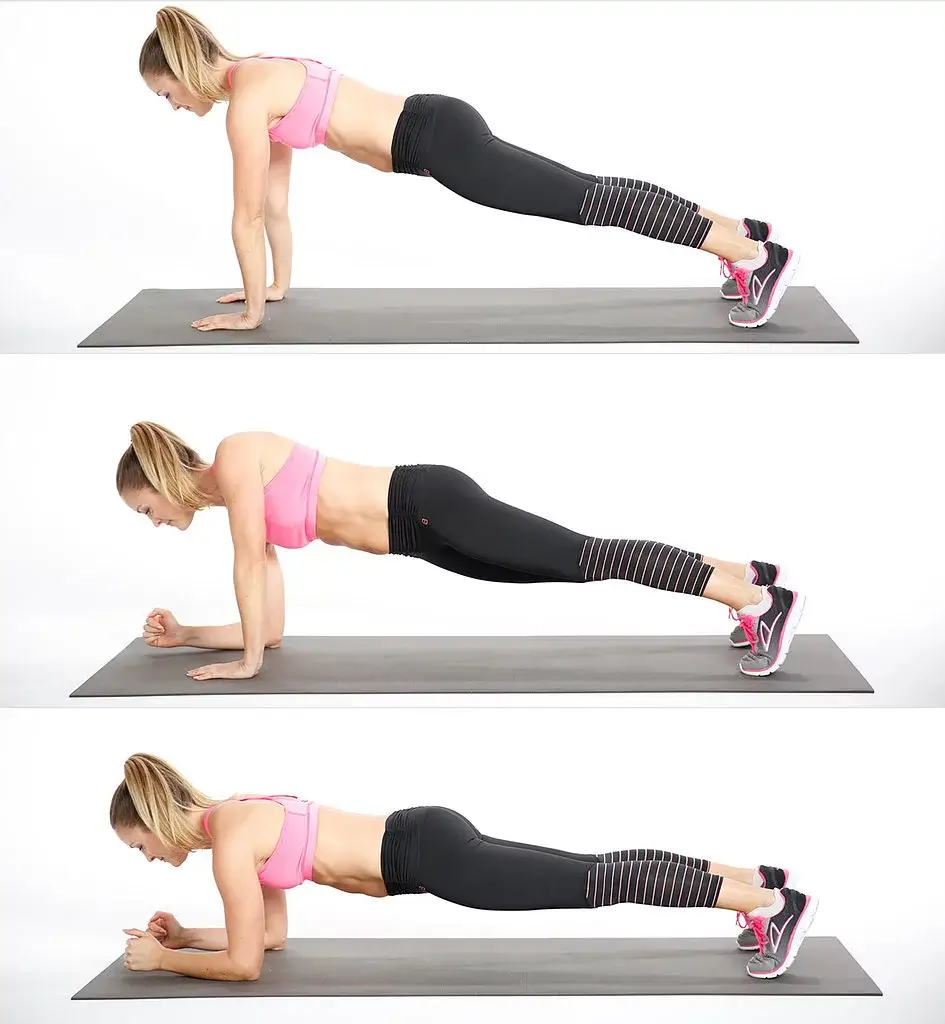
Planks should be included in your fitness routine
Would you like to incorporate planks into your everyday routine? Experiment with these variations on the basic exercise.
Sides constructed of planks
To strengthen your spine and focus on your side abdominals, try side planks.
According to a study published in Global Advances in Health and Medicine, side planks can also help scoliosis patients reduce spine curvature. This implies that they may be able to reduce the likelihood of future spinal abnormalities or the need for corrective surgery.
- While lying on your right side, prop yourself up on your right forearm. The angle of your elbow should be parallel to the angle of your shoulder.
- Raise your hips till you have a straight line to the ground and a triangle with the floor.
- The sides of your right foot will also be supported against the ground. Both alternatives include stacking your left foot on top of your right foot or laying both feet on the ground.
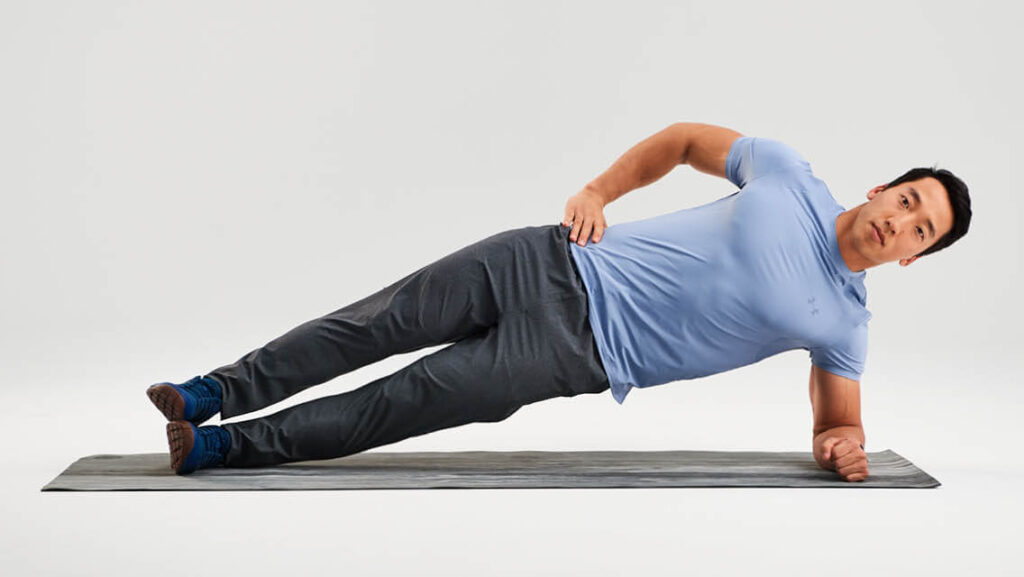
Lift your free arm into the air to make your balance assignment more challenging. Remember to switch sides!
Leg and arm extensions
Try shoulder touches to improve your balance.
- Lift your right hand off the ground and lightly tap your left elbow from the traditional plank stance. To balance, use your left arm and toes.
- Return your right hand to the ground and repeat on the other side.
- Start with 10 taps on each side and gradually increase the number as your balance improves.
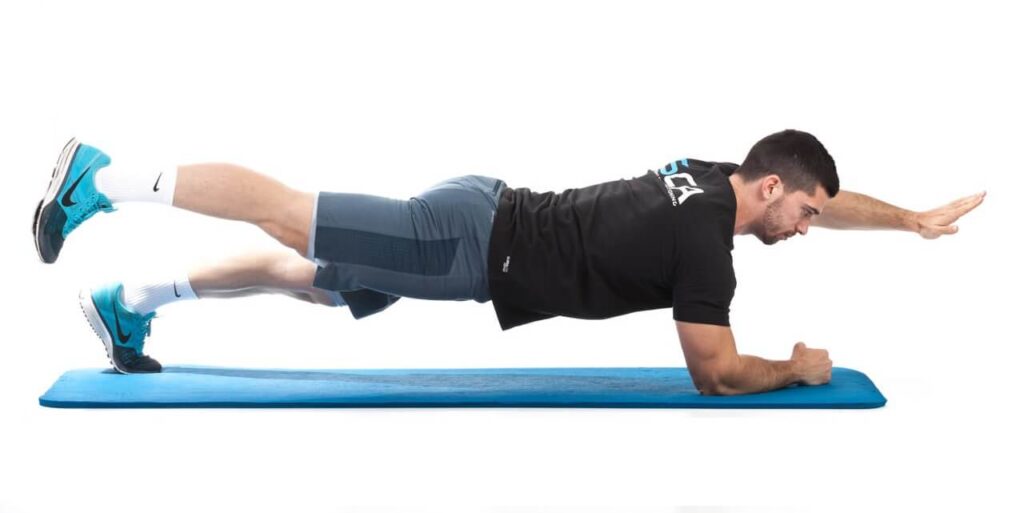
It may be difficult to learn at first, but the movement will engage your entire core while also improving your balance.
Participation with the knees
This simple modification to the normal plank posture will leave you sore the following day!
- In the classic plank position, drop to your forearms.
- Alter touching your knees to the ground.
- Make sure your feet are softly contacting the ground and your back is straight. Don’t put your form in jeopardy!
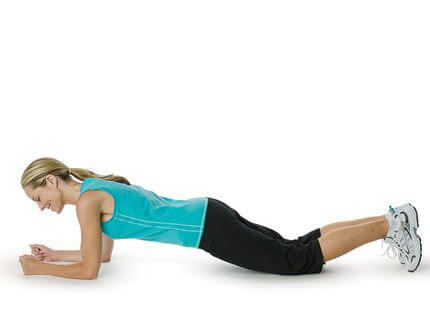
When you touch your knee to the floor, your hamstrings and quadriceps get a double workout.
Inclined Plank Positioned
The incline plank is a simplified version of the plank. An upward plank can also be done with your forearms or palms resting on a seat or stair.
- Put your forearms or palms on a level, elevated surface, and your elbows should be exactly under your shoulders.
- Back up till your body makes a diagonal straight line.
- Tuck your tailbone slightly and draw your abs in by pressing your forearms or hands into your forearms or hands.
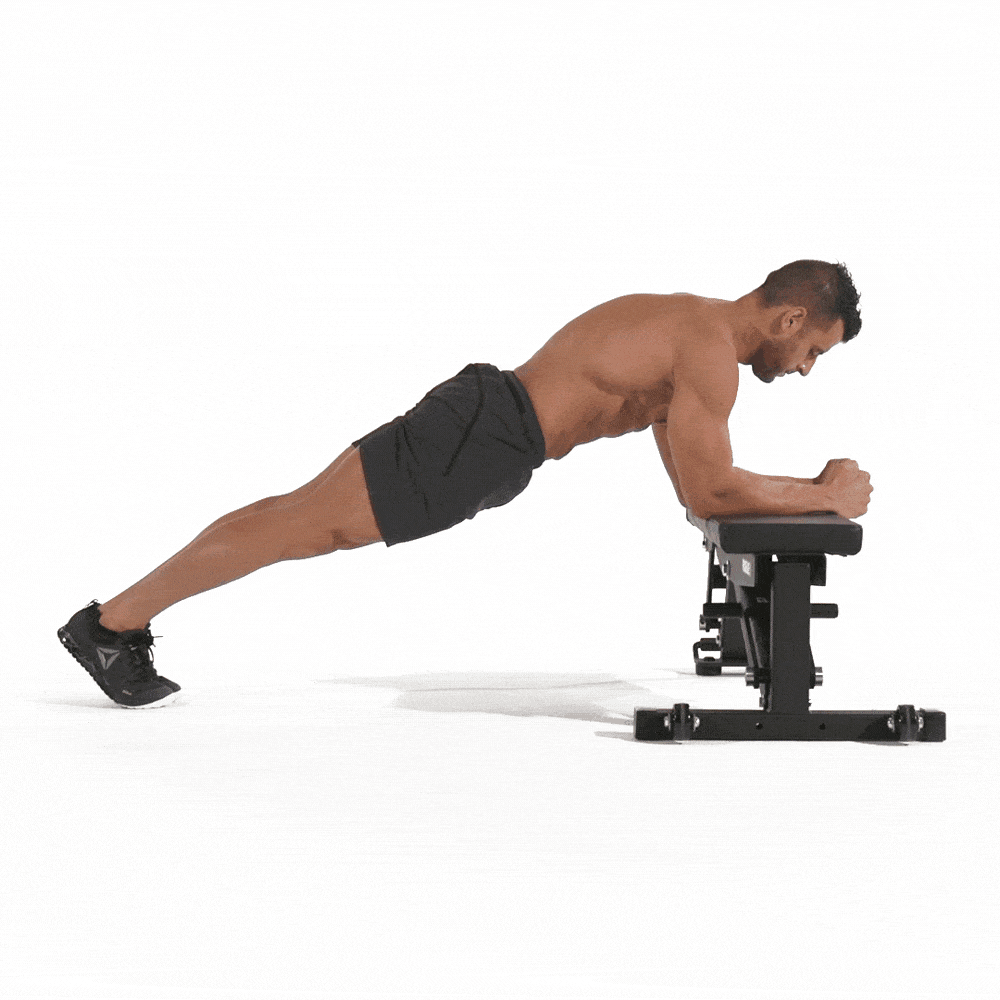
Table Plank
Consider these variations as you gain strength if you struggle with the plank at first. A plank with your knees bent and lifted might help relieve foot pain while also strengthening your core.
- To learn how to keep your spine neutral, a plank from a tabletop position, press into your hands, and pull your abs in as demonstrated.
- Tuck your toes in and elevate your knees slightly off the floor.
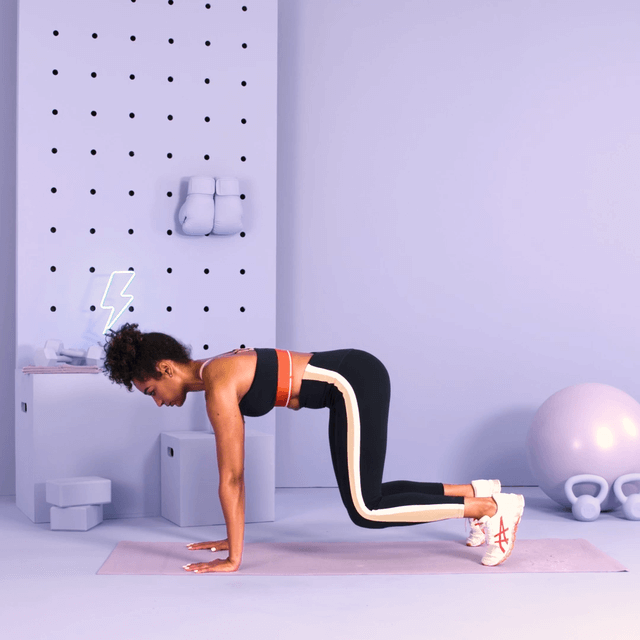
A plank with one leg elevated
To complete a plank with a leg lift, start in a plank position with your forearms and toes on the floor. To make this workout easier, use your hands instead of your forearms.
- Raise one leg slowly 5 to 8 inches off the floor.
- Before lowering your leg to the floor, count to two.
- Rep with the opposite leg.
- It is recommended to perform two to three sets of 10 reps.
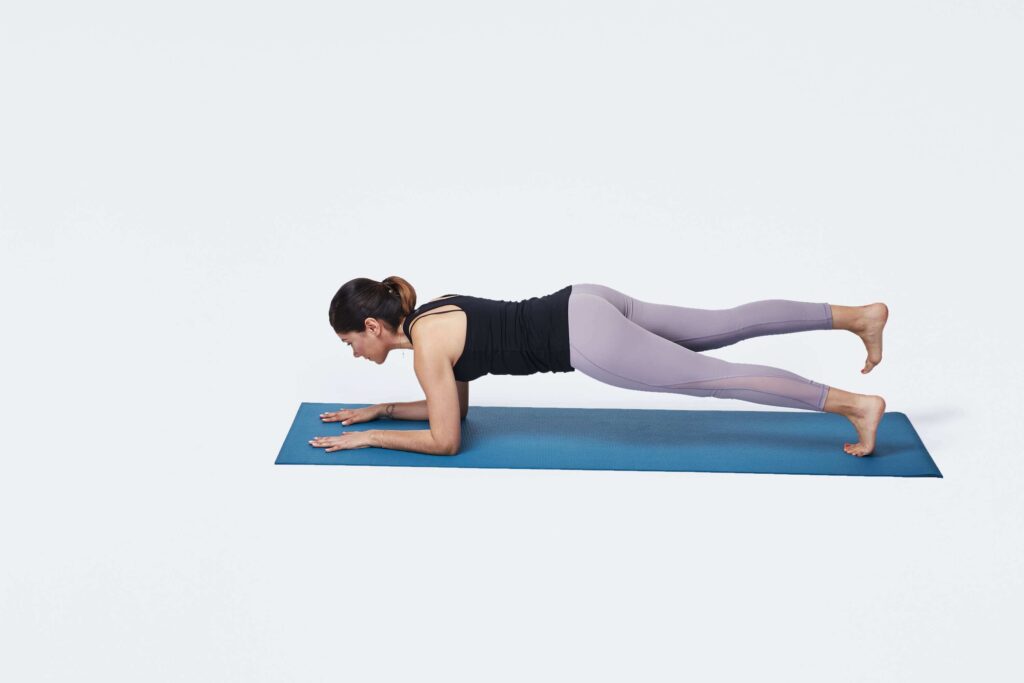
The Most Common Errors
To get the most out of this workout while minimizing strain or harm, avoid the following mistakes.
- Arching your back: When you arch your back, you are not training your abdominals properly, putting additional load on your arms. Make sure your shoulders are low and wide.
- Sagging hips: Your hips will begin to sag as your abs become strained. That is when you should throw in the towel on your plank. If your hips immediately sink, try spreading your feet wider and focusing on core activation.
- Tilting your head up: To avoid neck pain, your neck should be horizontal to your body, not tilted upward.
Precautions and security
Avoid planks if you have a shoulder problem. Stop the workout if you have a shoulder ache. Although most pregnant women can perform planks, some may be apprehensive about putting strain on the abdominal wall.
It could be better to change the plank and do a side plank or an incline plank instead. Consult your doctor or physical therapist to see if this activity is appropriate for you.
